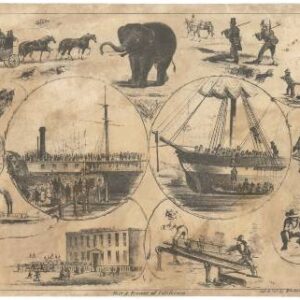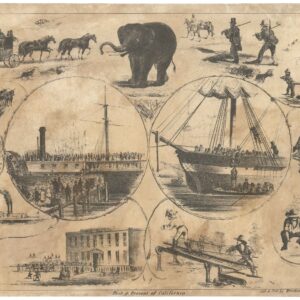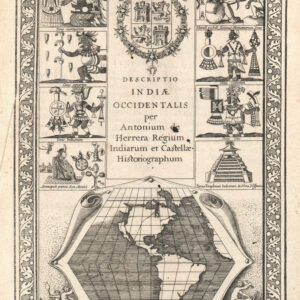High-res topographical map of Yosemite Valley, building on the seminal 1930 chart by Francois E. Matthes.
Map of the Yosemite Valley.
Out of stock
Description
Extending from the western slopes of the Sierra Nevada Mountains, the Yosemite Valley comprises about 1% of Yosemite National Park. Since its opening to tourism in the second half of the 19th century, the Valley has been part of the National Park that by far has attracted the most visitors and won the most fame for its astounding natural beauty.
Understanding Yosemite Valley: the contribution of Francois E. Matthes
This is a 1947 reprint of the United States Geological Service’s map of Yosemite Valley from 1938. The map is nevertheless based on even an older template: Francois E. Matthes’ seminal map of the same, which was published as plate 7 in his groundbreaking book: Geologic History of the Yosemite Valley (USGS, Washington, 1930). Matthes’ sought to resolve a long-standing scientific debate among geologists regarding the formative processes that created Yosemite Valley. Essentially the question stood between glacial or riverine erosion. Matthes resolved the issue by carefully analyzing the depth of the pre-glacial geomorphology, allowing him to determine the proportional influences of streams and glaciers in the creation of Yosemite Valley.
Matthes’ pivotal role in understanding the natural history of one of America’s most important landmarks has not only etched his name history but made his book one of the most sought-after volumes on Yosemite Valley. Neatline’s example of the USGS Yosemite Valley map is made all the more exciting by the fact that the verso is printed with a long explanatory history of Yosemite’s geology, written by Matthes.
A high-res topographical chart with impressive detail
The map is a classical topographic chart in impressive resolution. Centered on the Merced River, it depicts the entire Yosemite Valley, from Tenaya Canyon and Little Yosemite Valley in the west (right) to Merced Gorge, Elephant Rock, and Wildcat Falls in the east (left). The entire scope of the map is held within the Yosemite National Park of Mariposa County, California.
In addition to the detailed topographic rendition and numerous altitude markings, the map is rich in physiographic and toponymic detail as well. All of the creeks and streams are clearly marked in blue. Infrastructure like stations, roads, bridges, pathways, and other man-made features in the landscape are also clearly delineated and include historical sites such as the Yosemite Lodge, the Ahwahnee Hotel, and the Old Village. Studying these details reveals some of the changes that have taken place within this protected valley over the past 75 years. It goes without saying that key landmarks in the Valley are identified as well, including iconic locations such as El Capitan, Mirror Lake, and the eight magnificent waterfalls that the park boasts.
The large title labeling in the upper left corner provides a lot of information. In addition to identifying the mapmakers and denoting scale, there is a small regional index map that situates us in the broader geography and a list of the principal points of elevation and major waterfalls, all of which naturally include exact measurements.
Cartographer(s):
Created by an act of Congress in 1879, the United States Geological Survey (USGS) is a scientific agency under the U.S. government whose purpose is to investigate, survey, and map the United States territory, including natural resources and any potential threats to the depicted habitat. The organization has evolved over time, gradually adapting to the progress of science and technology.
The USGS is the only science-based agency under the Department of the Interior, and its responsibilities fall within the disciplines of biology, geography, geology, and hydrology. The USGS is considered the best authority on domestic questions relating to these subjects, and often their maps will cover several or all of these themes in the same chart.
Condition Description
Minor wear along edges.
References





